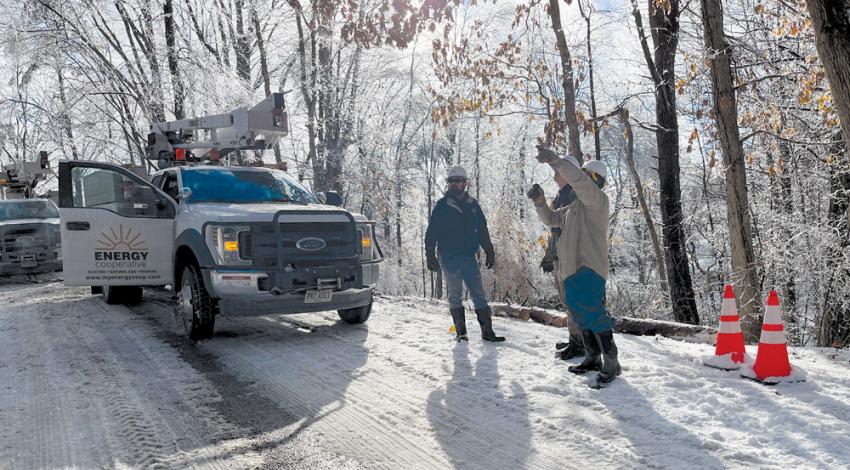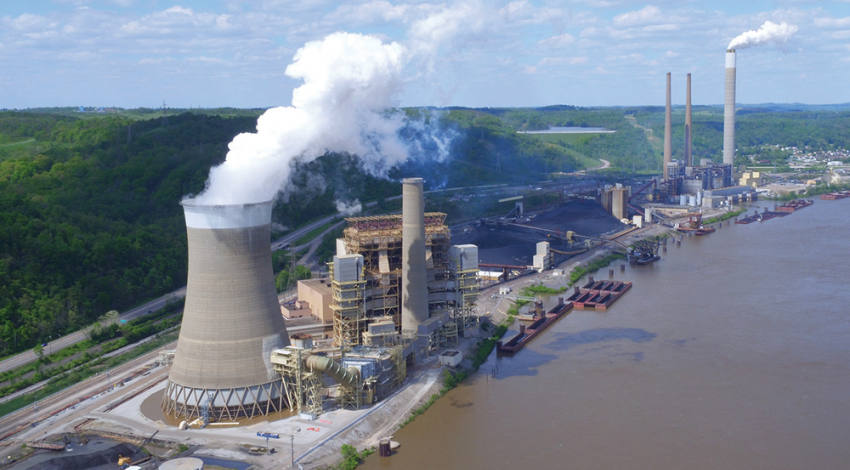Up Front
We are becoming all too familiar with the unpleasant reality of high inflation rates for nearly everything we buy. A significant factor in the higher cost of goods and services is the runaway price of most forms of energy — the price of crude oil, gasoline, natural gas, coal, and propane have all increased, by 30, 40, even 50% over the past year.
Ohio’s 24 electric cooperatives have been through a lot together over the past 80 years. Each has had periods of celebration and success and times of trial and challenge. Each has experienced both growth and loss, and, like everyone, adapted to changes in technology, work practices, attitudes, and expectations. Through the last 80 years, Ohio’s electric cooperatives have remained united in their support for and participation in their statewide association.
As it does every year, the flip of the calendar brings both opportunities and challenges, and while our challenges for the coming year are significant, the prospects for 2022 seem exciting. The importance of Ohio’s electric cooperatives getting it right — meeting our challenges and seizing those opportunities — is as important as it’s ever been.
This past year was one of transition. COVID-19 began to have less effect on our lives through the year as vaccines became available, and many businesses returned to more normal operations. The federal government underwent a shift in power between the parties and adjusted its focus to different priorities. The recovery in economic activity was hampered by shortages of materials and labor as businesses tried to recover production capacity and supply chains struggled to supply needed goods.
There is a lot of discussion taking place on what to do about carbon emissions. In fact, Congress is actively considering proposals that would require dramatic reductions from the electric power sector over the next 10 years.
Since 2005, carbon emissions from U.S. electricity production have been reduced by more than 30%, while other sources of emissions in the U.S. have remained relatively unchanged — and global emissions have continued to increase. That dramatic reduction has been the result of increased use of high-efficiency natural gas power plants and increasing contributions from renewable sources like wind and solar. Electricity production will continue to get cleaner and greener over the next several years.
As summer has ended and autumn is upon us, your electric cooperatives are making plans for next year.
In 2017, Ohio’s electric cooperative network launched the OurSolar statewide initiative that developed 23 community solar projects across the state. In total, the arrays can provide up to 2 megawatts of renewable energy, under ideal conditions. Consumer-member response to the new community-based solar farms and solar power subscription opportunities was clearly supportive. Panels available for subscription at many participating co-ops sold out almost immediately.
Producing electricity for the benefit of the communities we serve requires a continual balancing act among cost, reliability, and environmental impact. We take those often-competing objectives into account as we make decisions and take action.
Electric cooperatives’ decisions regarding the best way to meet your needs for electricity supply are tempered by thoughtful consideration of our responsibility to the nearly 1 million Ohioans whose lives and livelihoods depend upon both a healthy environment and the provision of affordable, reliable electricity. It’s a charge that we don’t take lightly.


















